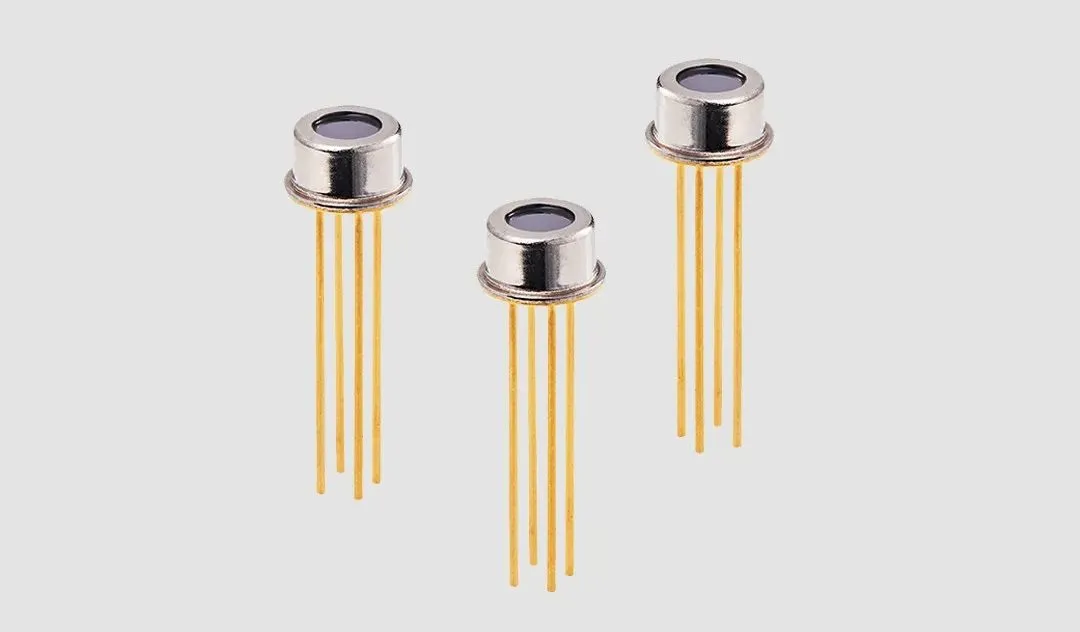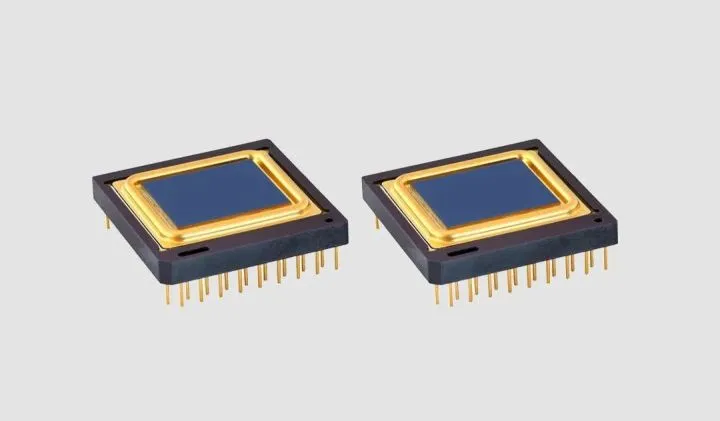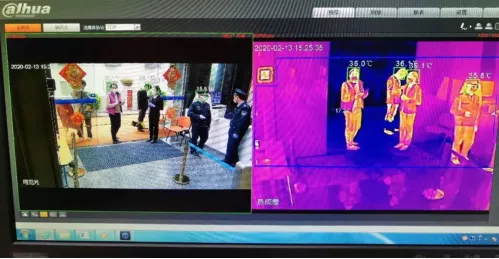
1. Detector based on the principle of resistance micro-radiation measurement
The thermistor is affected by infrared radiation and will change its temperature, which in turn changes the resistance value of the resistance. The value of infrared radiation can be obtained by reading the voltage change caused by the change of the resistance value.

Thermal imagers mostly use this principle. Generally, industrial and medical devices are non-refrigerated, while military applications generally use refrigerated models. According to the different thermistor materials, there are solutions using vanadium oxide (VOx) and amorphous silicon (α-Si). Leading companies include foreign FLIR and ULIS, domestic Guide Infrared, Dali Technology, Raytron Technology, Hikmicro (a subsidiary of Hikvision), etc.
2. Some issues to consider
The relationship between the signal obtained from the thermal imaging detector and the temperature of the object is not linear, so the problem is very complicated, and it is difficult for us to obtain a more accurate human body temperature. But we can work hard from the following aspects:
Treat people as black bodies, use AI algorithms to select temperature measurement areas and determine real-time online calibration strategies. Some AI temperature measurement cameras use this approach.
Add black body to the application scene, real-time online calibration. Although this method is troublesome and costly, the measured data is more accurate, and the actual accuracy can reach ±0.3°C.
At present, some entrances and exits of the Guangzhou Metro adopt this method, which is a more responsible approach.

There is another issue of timeliness when using black body calibration. Generally, when the indoor temperature and environment are relatively stable, this standard can be used for a longer time after a calibration. However, if the environment and temperature change over time, it needs to be re-calibrated. For example, a certain hand-held thermal imaging camera of Hikmicro has a temperature measurement accuracy of ≤±0.3℃, and it is specifically noted that a single calibration is valid within half an hour.
Without black body, the most accurate temperature measurement accuracy of the infrared thermal imaging camera should be ±0.5℃. The accuracy of an ordinary forehead thermometer is generally ±0.3℃, and the recommended best test distance is 3cm-5cm. For some current face temperature measuring panels, the recommended best testing distance is 0.5-15m if it can meet the needs of face recognition. If the temperature measurement distance is farther, the accuracy will definitely decrease, and a better way is needed to compensate.
FLIR, a leader in thermal imaging cameras, does not recommend using thermal imaging equipment to directly measure and read human body temperature. They provide another idea. Use a thermal imaging camera to find out people with high body temperatures in the crowd, and then perform a second temperature measurement to confirm. Quantitative testing is difficult, but qualitative testing is easier.
Regarding the temperature standard of 37.3℃. People with body temperature ≥37.3℃ need to be isolated. This standard is proposed by medical experts, because people with body temperature ≥37.3℃ belong to fever. In actual operation, whether we also set the standard as 37.3℃ when testing with infrared temperature measuring equipment? This question requires serious consideration.
The face recognition camera module and the thermal imaging chip are integrated, and heat dissipation needs to be considered. It is necessary to ensure that the ambient temperature of the thermal imaging chip is stable, so that the temperature will not rise due to long-term work and affect the detection accuracy.
 English
English 日本語
日本語 한국어
한국어 français
français Deutsch
Deutsch Español
Español italiano
italiano русский
русский português
português العربية
العربية tiếng việt
tiếng việt ไทย
ไทย čeština
čeština dansk
dansk Svenska
Svenska



